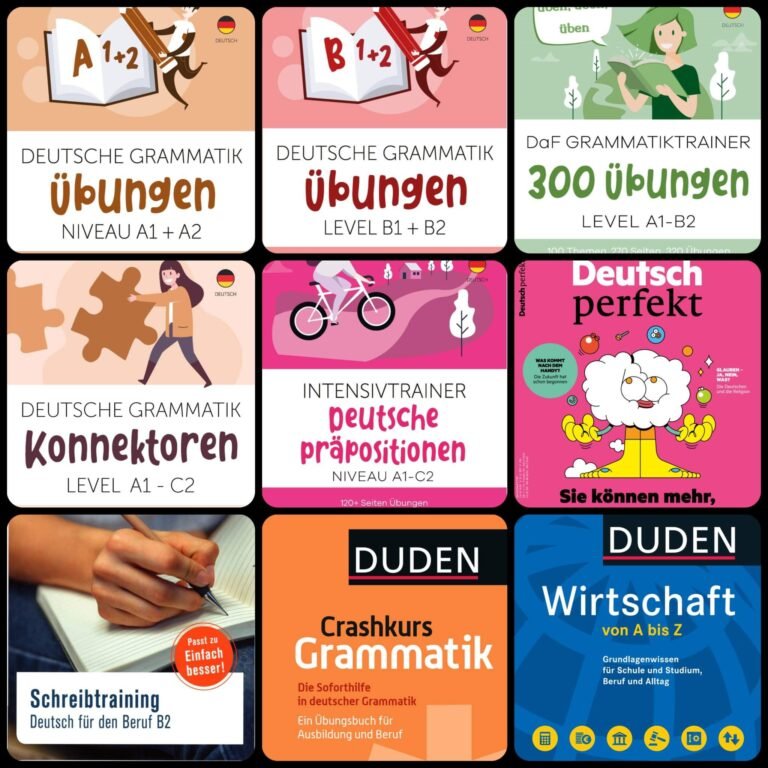Malak Allami ushers in a new era for Moroccan tennis after winning US Open doubles final

Khadija TachfineMonday 9 September 2024 – 13:21
Malak El Allami, a rising star in Moroccan tennis, made history on Friday by winning the doubles final at the US Junior Open with her Norwegian partner, Emily Sartz-Lunde. https://www.instagram.com/p/C_lzypfveDW/embed/?cr=1&v=14&wp=1308&rd=https%3A%2F%2Fen.hespress.com&rp=%2F90967-malak-allami-ushers-in-a-new-era-for-moroccan-tennis-after-reaching-us-open-doubles-final.html#%7B%22ci%22%3A0%2C%22os%22%3A1296.3000000044703%2C%22ls%22%3A770.4000000059605%2C%22le%22%3A1194.2000000029802%7D
This achievement marks a significant milestone for Moroccan tennis, as Allami is the first player from the kingdom to reach and win a US Junior Open final.
While this recent success is a breakthrough for Allami, it also reflects the growing potential of Moroccan tennis.
In a separate interview with Hespress EN, Mohammed El Allami, a Level 3 ITF coach specializing in high-performance players who has also worked with Malak El Allami, expressed optimism about the future of tennis in Morocco due to the rise of many promising junior players.
He also emphasized the pivotal role of the Moroccan Tennis Federation in fostering this growth, which has led the country to clinch the title of Best Tennis Nation in Africa multiple times.
Here is the full text of the interview:
What are the main challenges that you see the tennis industry in Morocco facing today?
Financial constraints pose a significant challenge for tennis players and their families in Morocco. The sport has evolved into a comprehensive industry requiring intensive training in technique, physical fitness, tactics, and mental preparation. To cover expenses such as coaches, equipment, travel, and training camps, parents often invest up to 1 million MAD annually to support a child’s competitive tennis career.
Despite the assistance provided by the federation, it is often insufficient to cover all expenses. As a result, parents, sponsors, and other individuals within the player’s support network are required to contribute to meet the financial demands.
There is also a need for infrastructure and facilities. Traditional tennis clubs with over 500 members and more than 200 young players often struggle to provide specialized treatment due to limited resources and high demand for court time.
This results in full courts and coaches, making it difficult for players to have ample practice opportunities. In contrast, tennis academies, with fewer players, offer a more personalized approach and focused attention from experienced coaches.
Tennis players also often struggle to find time for the recommended 5 to 6 hours of daily practice due to the constraints of the educational system and the demands of their schoolwork, which leads to late finishes.
How do you think the Federation could better support the development of young players?
The Moroccan Tennis Federation has already made significant strides in supporting the development of young players. Over the past 48 years, Morocco has won 13 cups as the Best Tennis Nation in Africa, with a 50% success rate in the last 6 years alone.
This achievement demonstrates that the federation is doing a commendable job in nurturing and training young talent. Many Moroccan players have also achieved recognition by entering the top 100 junior players in the world.
However, there seems to be a challenge in transitioning players from the junior level to the professional level. It is not an easy task, but I believe that the federation is aware of this and is actively seeking solutions.
One potential solution could be to establish international ITF pro-circuit tournaments for both men and women. By providing more opportunities for young players to compete at the professional level, they can gain valuable experience and exposure, which will aid in their development.
In the past, Morocco produced several tennis stars. What do you think has changed in recent years that has impacted the development of new talents?
Morocco still has a pool of talented junior players who show great potential. However, the development of new talents has been hindered by financial constraints.
Unlike in the past, the success of previous tennis stars was not dependent on the tennis industry. It required personal and family sacrifices, as well as a strong determination to overcome challenges.
Are there any promising young players in Morocco right now who you believe have the potential to become future tennis stars?
Several promising young players in Morocco have the potential to become future tennis stars. Notable girls include Aya El Aouni, Malak El Allami, and Yassmine El Kabbaj, while promising boys include Dlimi Yassine, Reda Bennani, and Karim Bennani, among others.
These young players have shown promise and have represented Morocco in various junior tournaments, including the Junior Grand Slam events. With the right opportunities, support, and development, they have the potential to make a mark in the professional tennis circuit in the future.
There’s been some discussion about varying coaching methods in Morocco. How do you think this would impact the preparation of Moroccan tennis stars?
I believe we should shift from blaming each other and focus on finding solutions. While it’s common to blame coaches, federations, players, parents, and other factors for varying coaching methods in Morocco, Moroccan coaches are highly skilled and talented, as evidenced by the promising young players they produce and their success internationally.
The main issue we face is the presence of negative individuals within our tennis community. It is important for us to foster a positive and supportive environment that encourages the growth and development of our tennis stars.
What improvements or changes do you believe are needed to help Moroccan players reach their full potential?
Establishing more tennis academies will provide better training facilities and coaching, allowing for more regular practice.
Encouraging homeschooling will offer players a flexible schedule that allows them to focus on their tennis career while also receiving a quality education.
Developing a well-structured and competitive international tennis tournament circuit within Morocco will allow local players to compete against top international players without the need to travel abroad.
Also, establishing player support agencies will help players secure sponsorships and provide financial support. These agencies will also offer guidance and resources on career development, marketing, and representation.


